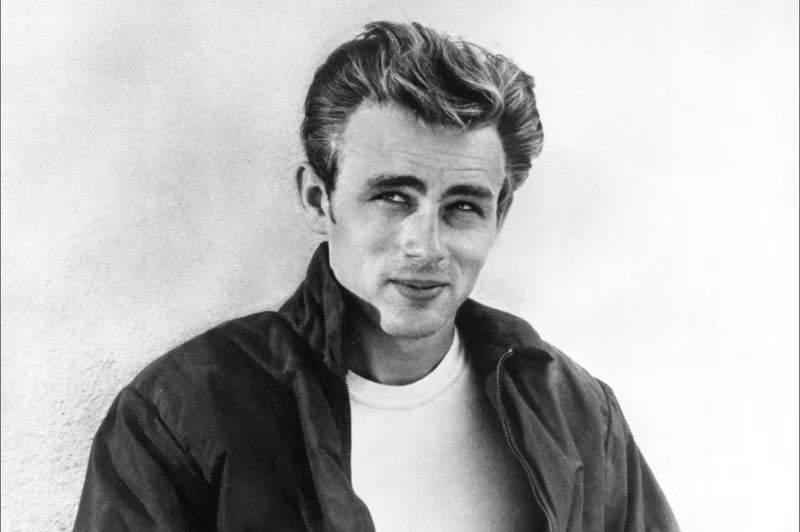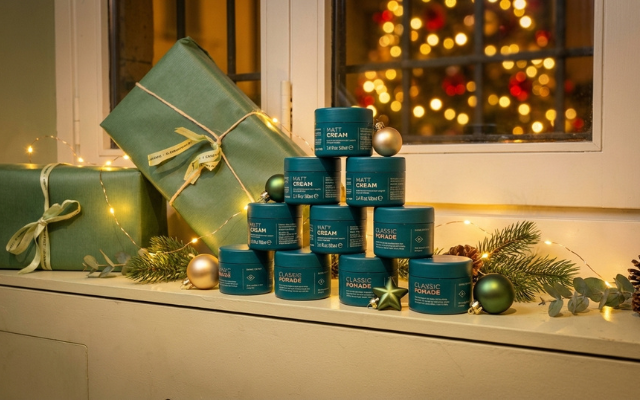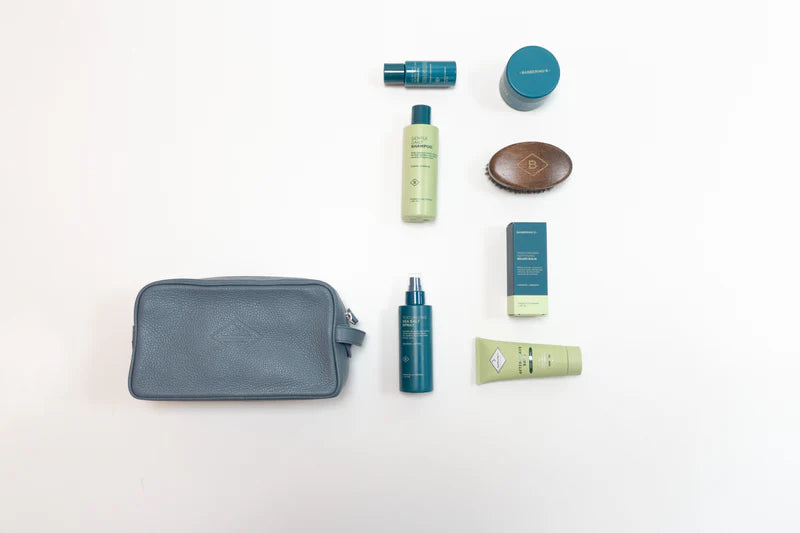
Men’s Hairstyles Through the Ages
Men’s hairstyles have undergone many transformations throughout history, evolving in style, length, and cut. Let’s embark on a journey through time to explore some of the iconic looks that have shaped men’s fashion over the decades!
1700s
We begin in the Age of Enlightenment in Europe: the 18th century marked the decline of wigs, which had been widely used for decades. Early in the century, men’s wig hairstyles were grand and influenced by Louis XIV, featuring large curls that reached the shoulders. By the end of the century, the trend reversed: women embraced elaborate wigs, while men, under the influence of King Louis XV of France, opted for smaller, simpler wigs dusted white or gray. The most beloved style of the time was a ponytail tied at the nape with a ribbon—a popular look across all social classes.

1800s to Early 1900s
Following the French Revolution, the long hairstyles symbolizing nobility were abandoned in favor of shorter, more natural hair, reflecting bourgeois practicality. In the Neoclassical era, men’s hairstyles were inspired by the ancient Greek and Roman aesthetic. This trend featured short sides and back with longer, curled hair at the front—legend has it that Lord Byron used curlers to perfect his look! This style was the precursor to the modern Caesar cut. By the early 20th century, men’s hairstyles became even shorter and tidier, often paired with prominent mustaches.

1940s-1950s
In the mid-20th century, the 1940s and 1950s boasted some of the most iconic hairstyles. Until the 1930s, men wore short, sleek, side-parted hair, a look that persisted into the 1940s, albeit with slightly longer and neatly combed-back styles. The 1950s saw the rise of cuts inspired by Elvis Presley and James Dean, two of the era’s most influential figures. These styles featured short sides with a voluminous Pompadour on top, with or without a side part. To achieve this look, a strong hold and voluminous styling product, like our matte-effect paste, is essential!

1960s-1970s
In the 1960s and 1970s, men’s hairstyles grew progressively longer, influenced by the Beatles and the Hippie movement. The 1960s embraced the "mop-top," complete with sideburns, marking a drastic departure from previous styles. By the 1970s, the trend leaned toward even longer, wavy, and untamed hair, symbolizing the American counterculture’s rebellion against societal norms.

1980s-1990s
The 1980s ushered in a new era with hairspray and teased hairstyles dominating both men’s and women’s fashion. The most popular men’s haircut featured short hair in the front and longer hair at the back, known as the original mullet, inspired by David Bowie’s eclectic style. In the 1990s, grunge culture brought a return to simplicity, with shorter sides and longer tops styled in a deliberately messy way—a trend many of our Instagram followers might recognize!
2000s
In the new millennium, hairstyles leaned toward very short sides, often styled with spiked tips and blonde streaks. To recreate this look, our glossy-effect wax is the perfect product! Another popular option in the early 2000s, especially among younger men, was the Justin Bieber or Zac Efron cut—longer hair in the front reaching the eyes with a side-swept fringe.

Today, natural and simple cuts are back in vogue, while beards, once seen as a sign of neglect, are now among the most appreciated styles.




